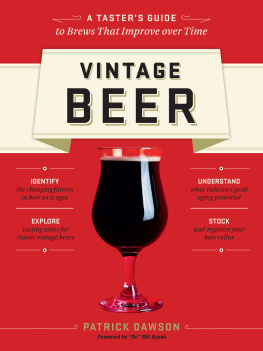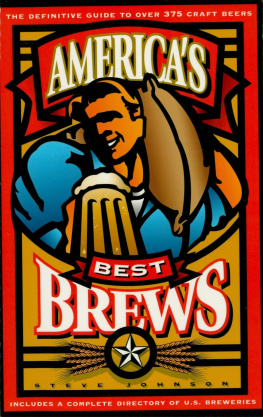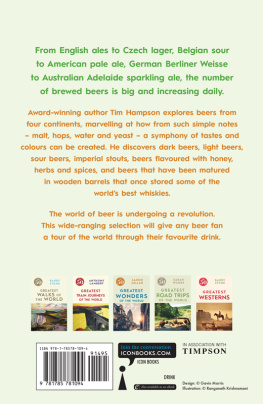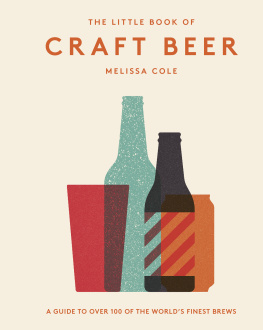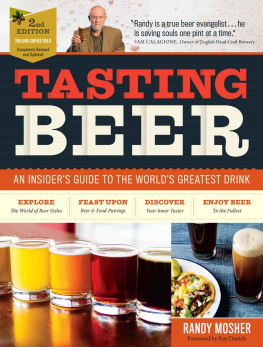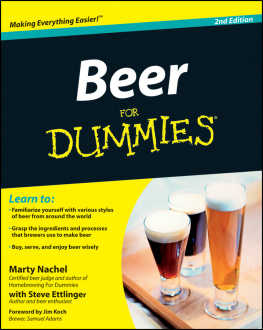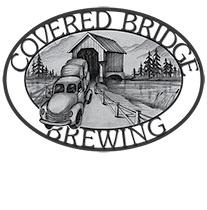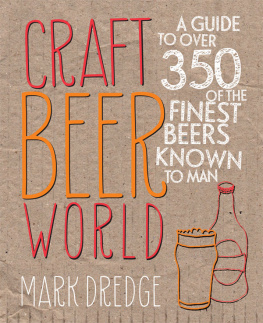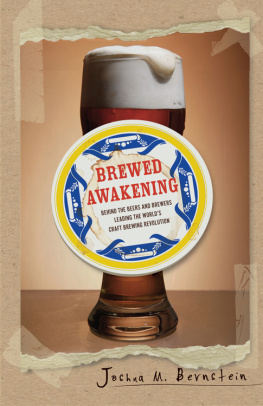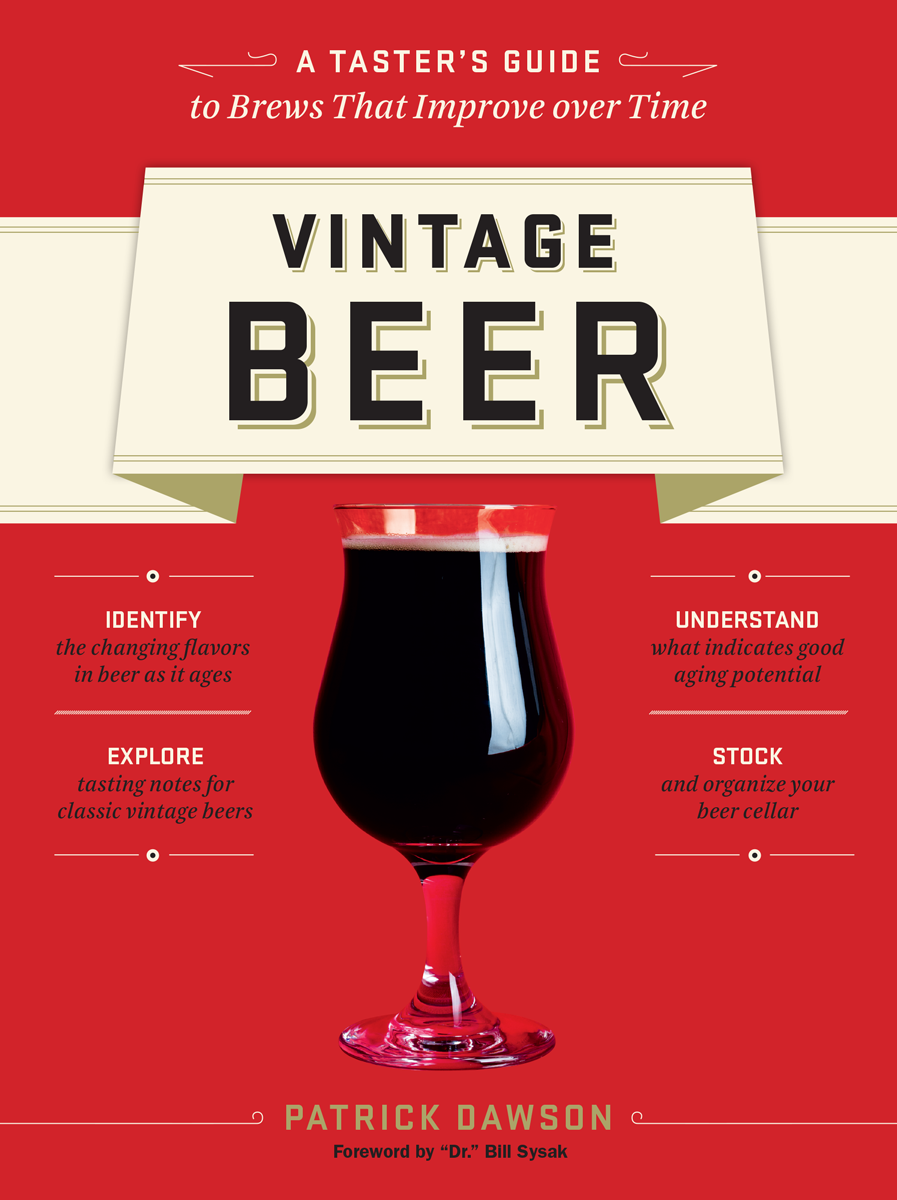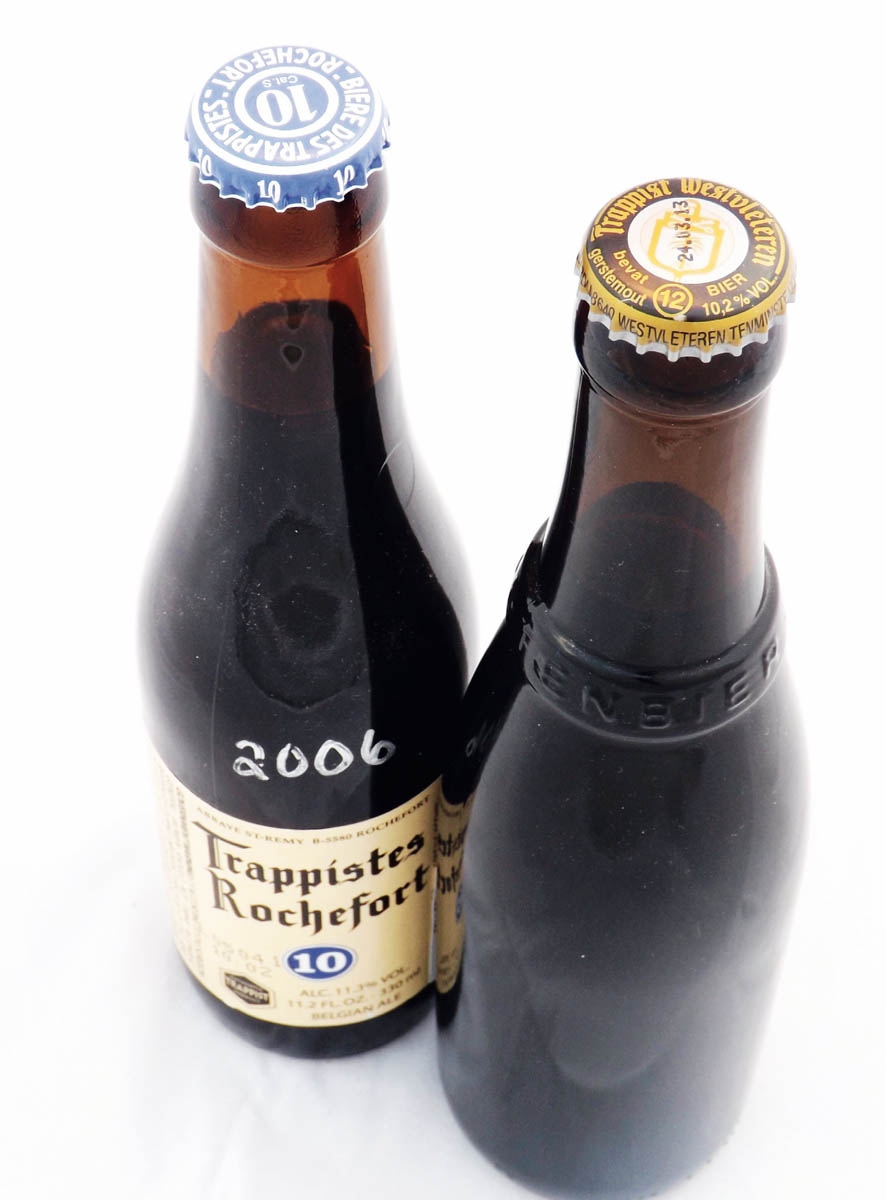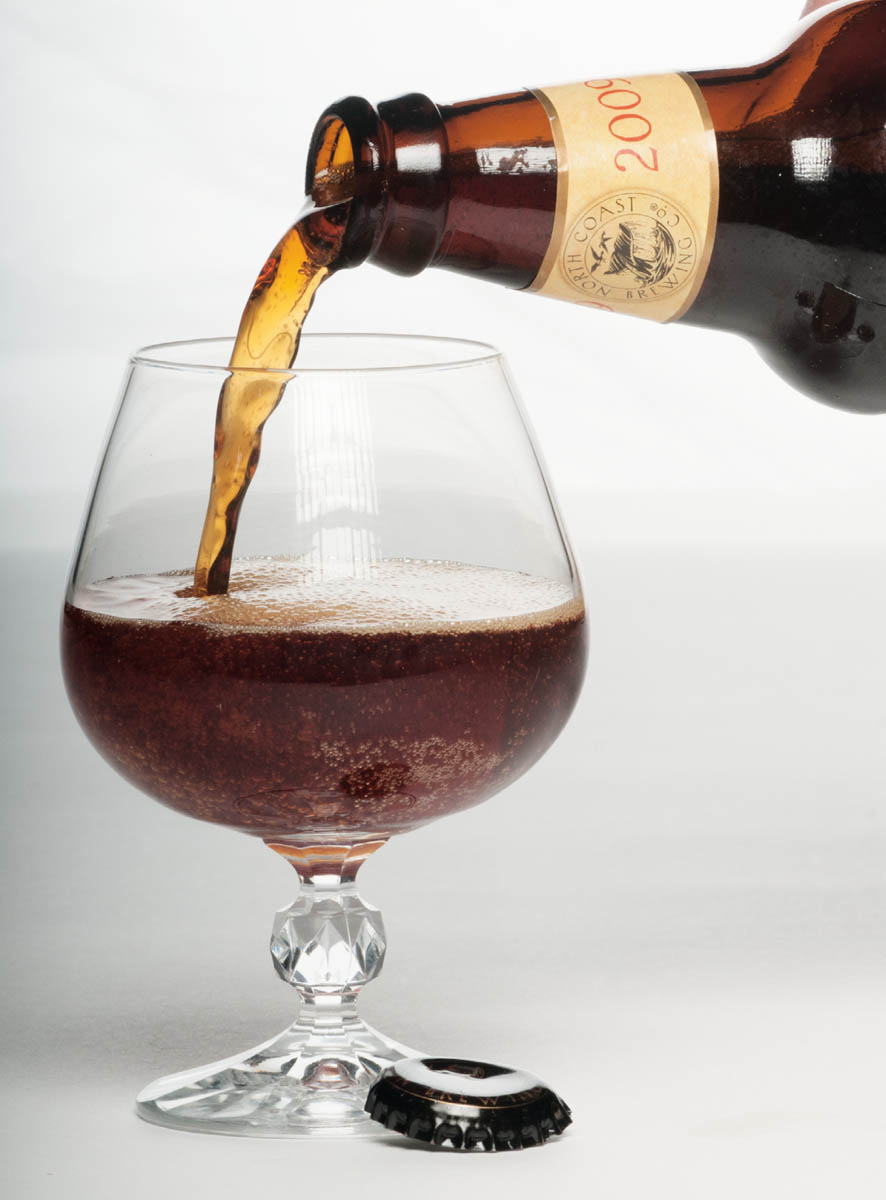Share Your Experience!
We value your feedback, and so do your fellow readers. Reviews you leave on goodreads.com and at your ebookstore help more people find and enjoy the books you love. So spread the word, write a review, and share your experience!
REVIEW ON GOODREADS
REVIEW ON AMAZON.COM
Dedication
For my wife, Lindsay, whose incredible example has inspired me in everything I do. Her encouragement and support made this book a reality.
Contents
Foreword
You cellar and drink 10-year-old beers? Are you crazy?
I cant tell you how many times over the last three decades I have had people ask me this very question. Well, the answer is: Im not crazy, and neither are the legions of beer fans who have started aging beers. Of course, Im not talking about those fizzy, yellow, lowest-common-denominator beers. You know the ones where the cans change color when the beer is cold enough. Sometimes theyre sold in 30-packs. Im talking about craft beer, made with the best ingredients; if adjuncts are added, they are there to enhance the flavor, not lighten it. Even among these craft beers, less than five percent of everything produced is appropriate for aging. Most are meant to be consumed as fresh as possible, whether they are hoppy IPAs, cloudy hefeweizens, or crisp, well-crafted pilsners. The styles you will find in this book are beers that can age like a fine wine old ales, imperial stouts, gueuzes, Belgian quads, and many more.
Ive been aging beers since the late seventies; my cellar has included 2,500 beers for the last 25 years. Ive either written or been interviewed for a number of articles on the subject. It became my obsession to travel the world, meet like-minded individuals, and discuss the principles of aging beer over glasses of vintage ales and lagers too numerous to count. During those trips Ive sampled nineteenth-century English ales and 50-year-old lambics. Ive held vertical tastings of Thomas Hardys Ale from 1968 through 2001. Sometimes the vintage beers are amazing, and sometimes theyre well past their prime. One thing they have all held in common for me was the excitement of opening the bottle and smelling and tasting a bit of history.
Over the last five years there have been a growing number of websites and forums out there on the Internet that feature supposed experts claiming to know everything there is to know about aging beers. Some are better than others, but all are lacking a complete knowledge of the subject. Not until I met Patrick Dawson, a few years ago, had I found someone with enough determination, passion, and will to research the subject so completely as to be able to write the seminal book on aging beers. Vintage Beer will take you on a journey that includes identifying the correct beers to age, understanding the aging process, creating your own cellar, and finally, enjoying the fruits of your labor. Discover the aroma and flavor nuances that can be found in a well-aged beer.
Dr. Bill Sysak
Craft Beer Ambassador
Stone Brewing Co.
Introduction
The World of Vintage Beer
F irst things first, grab a beer and settle in. I firmly believe that when youre reading and learning about beer, you should be drinking and experiencing beer. Its a truly beautiful cerebral-sensory experience. Okay, continue.
It had been a long night of drinking. I wasnt long out of college, but the late-night beer binges were already beginning to wear on me. I was at a point in my life where I was starting to opt for quality over quantity, and while taking a swig in the wee hours I would find myself thinking about how I was going to feel the next day rather than what I should drink next. My homebrew clubs meeting was reaching one of those epic nights that always seemed to happen in December when everyone was more excited about drinking just one more beer rather than facing the snowy, cold walk home. Id had enough, though, and was just announcing that I was heading out when the host insisted I stay since she was going to open something special.
That months meeting host, Maggie, worked at one of the best new wine stores in town, Mondo Vino, but her true passion was beer. Before discovering this shop, I had been choosing what I thought were exotic imports, like Dos Equis and Heineken, over Coors Light and fancied myself quite the beer snob. The first time I walked into the store, though, she quickly put me in my place in just about every aspect of beer (not that that was very hard to do at the time). I credit her with helping to push me onto the path of seeking and appreciating truly good beer. Anyway, years later, experience told me that when Maggie was excited about a beer, it was well worthwhile to sit back and wait for your glass to be filled. So when she announced that, as a Christmas gift, her boss had given her a magnum of Duvel that, she added triumphantly, had been aged for three years! I was more than a little flabbergasted.
Now, I had vague notions of aged beers, but they were, in my mind, dusty little bottles of British beers that, I figured, people kept more for their collectability than for there being anything particularly special in them. I just couldnt comprehend why anyone would take a world-class brew like Duvel and ruin it by letting it get skunky and flat. And an entire magnum at that! Fighting the urge to roll my eyes, I proffered my glass and decided the high ABV (alcohol by volume) would at least keep me warm on the walk home.
What greeted my nose when I lifted that glass was something that I will always remember. Overwhelmed by the complex bouquet of fruit aromas, I struggled to pinpoint all that I was taking in. There was grape, pineapple, and maybe even a little kiwi in there. In a young Duvel, theyre in the background and overshadowed by the hop profile, but in the aged beer they burst to the front in a vibrant sweetness. I wanted to shrink myself down and spend the rest of my life in that glass. How had this happened? Convinced that any flavor had disappeared into the potent aroma, I took a sip still expecting to taste a stale old beer.
The prominent alcohol nose of certain beers fades after a few years, allowing the beer to develop complexities.
What I encountered instead was a slight caramel sweetness that played off the beers crisp acidity, and I was surprised that the alcohol heat had disappeared. I was astounded. All my experience up to that point, albeit limited, had taught me that beer was a beverage that was meant to be drunk fresh. That was why you got beer from the brewery. That was why you always checked the expiration date. My world was turned upside down. I had been doing it all wrong!

